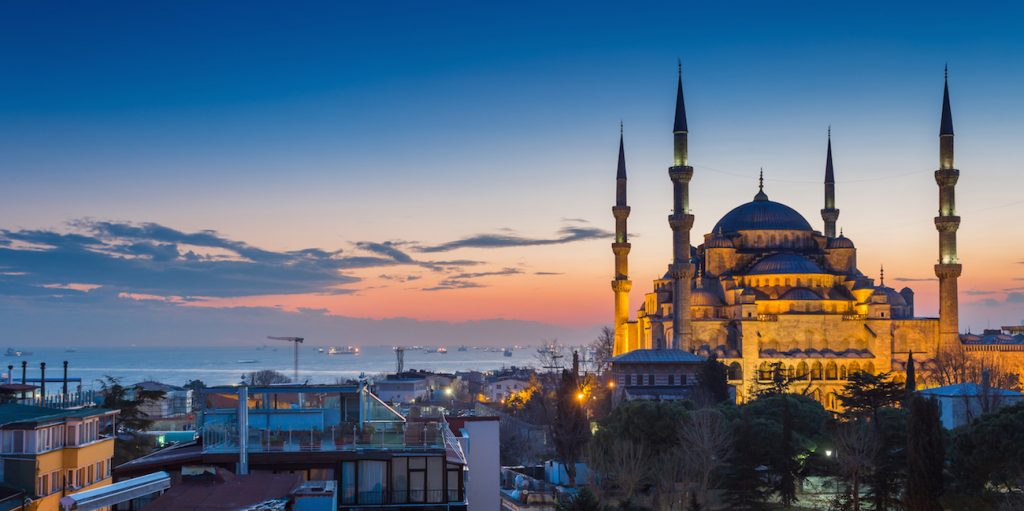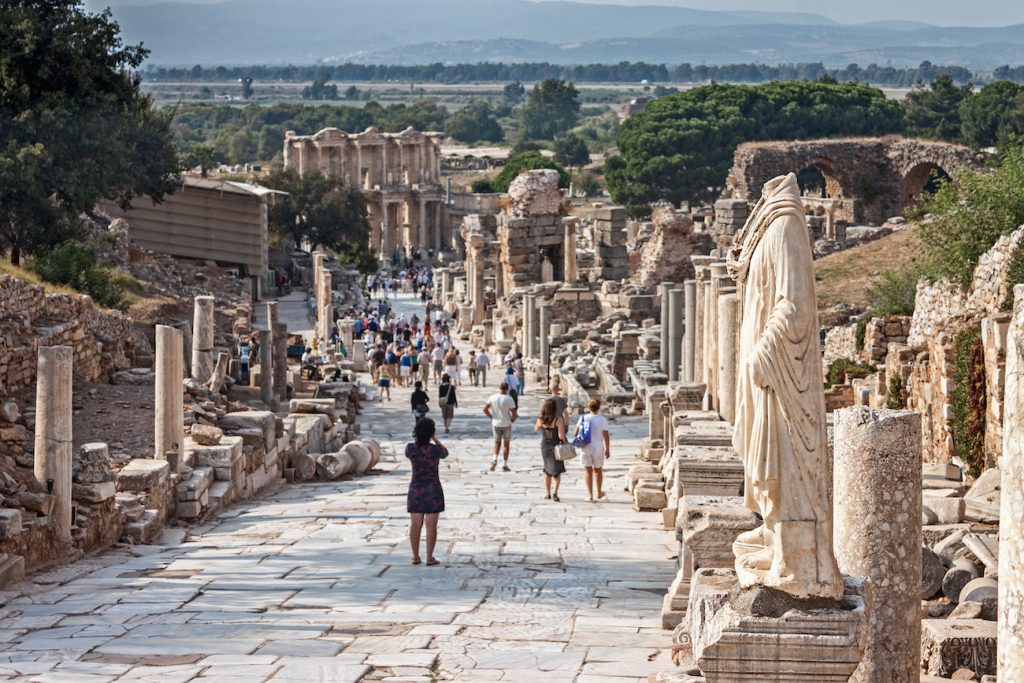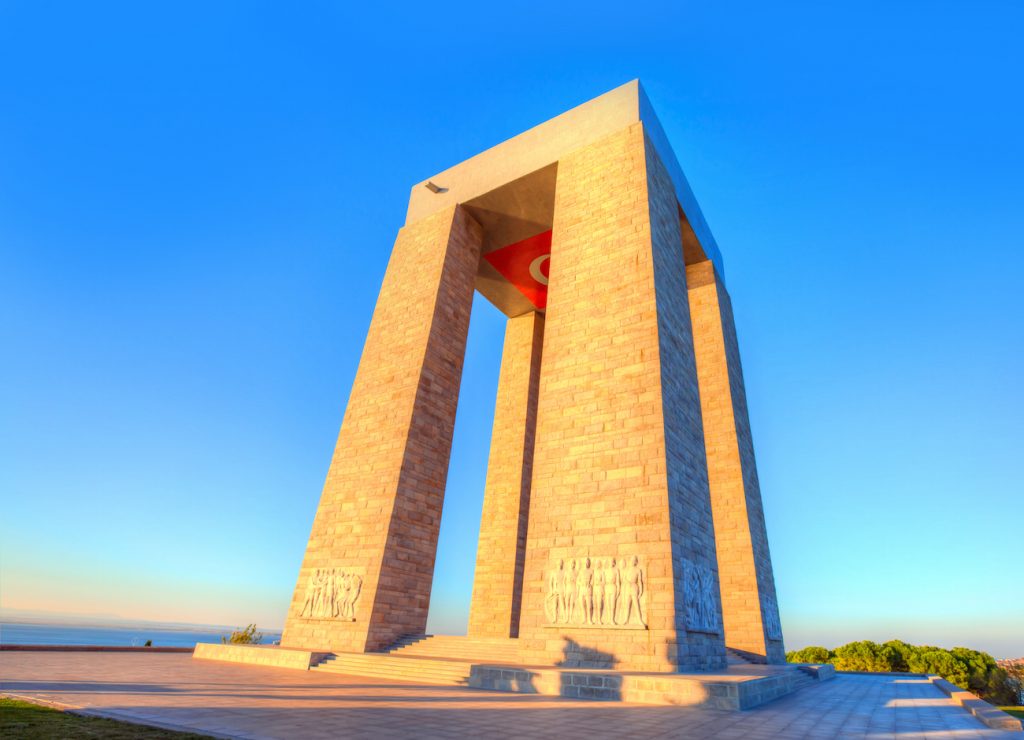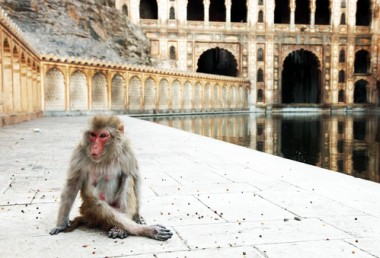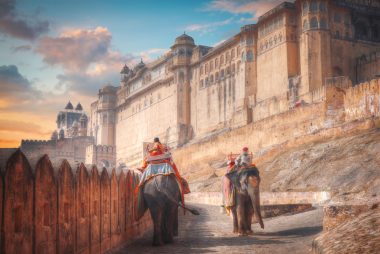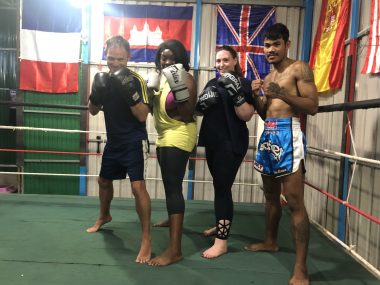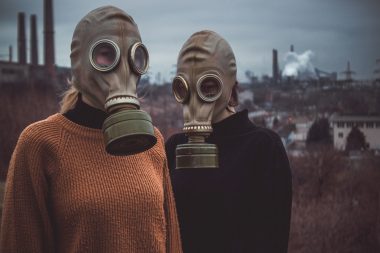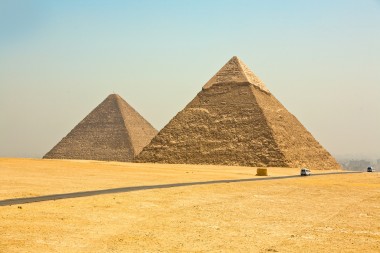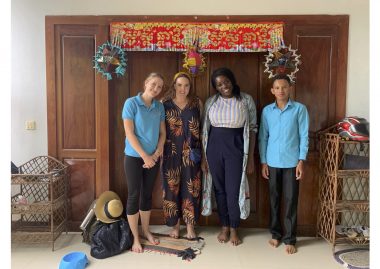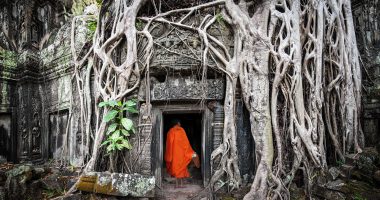Istanbul
We’ve arrived in Istanbul, formally known as Constantinople, (a way cooler name) which although it is not the capital city it is the country’s economic, cultural, and historic center.
Istanbul is a city in Turkey that straddles Europe and Asia across the Bosphorus Strait. The Old City reflects cultural influences of the many empires that once ruled here. In the Sultanahmet district, the open-air, Roman-era Hippodrome was for centuries the site of chariot races, and Egyptian obelisks remain. The iconic Byzantine Hagia Sophia features a soaring dome and Christian mosaics.
So where to begin…
With its six minarets and sweeping architecture the Sultan Ahmed or Blue Mosque in Istanbul impresses from the outside. While still used as a mosque, the Blue Mosque has also become one of the most popular tourist attractions in Istanbul. It was built between 1609 and 1616 and like many other mosques contains the tomb of the founder. Inside the mosque, the high ceiling is lined with the 20,000 blue tiles with different patterns that give the mosque its popular name.
An absolutely impressive place.
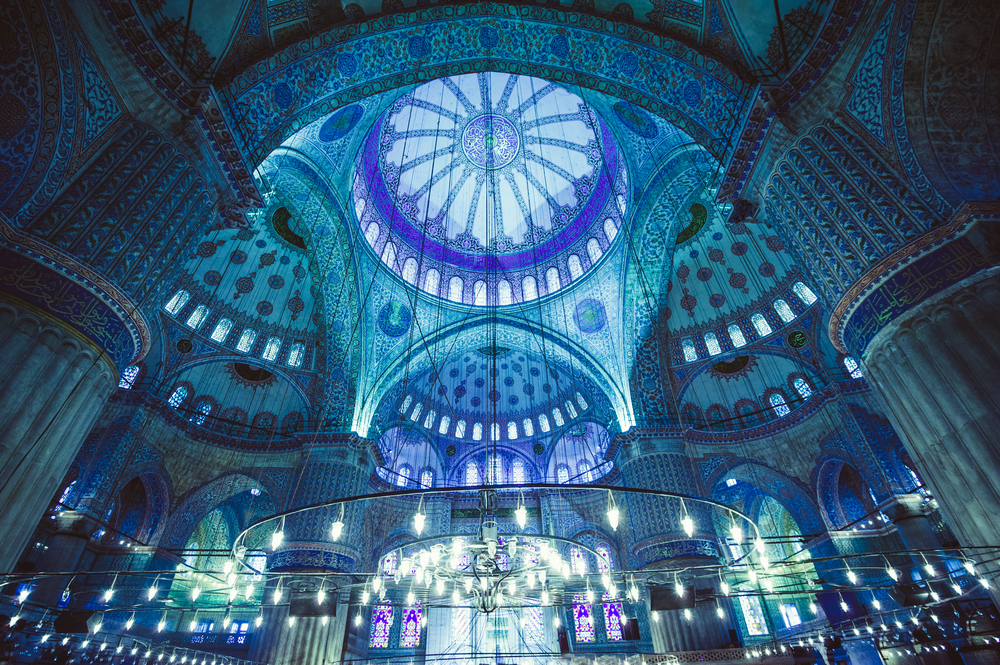
The nearby Basilica Cistern was our next stop which was cleaned and renovated in 1985 by the İstanbul Metropolitan Municipality and opened to the public in 1987. It’s now one of the city’s most popular tourist attractions.
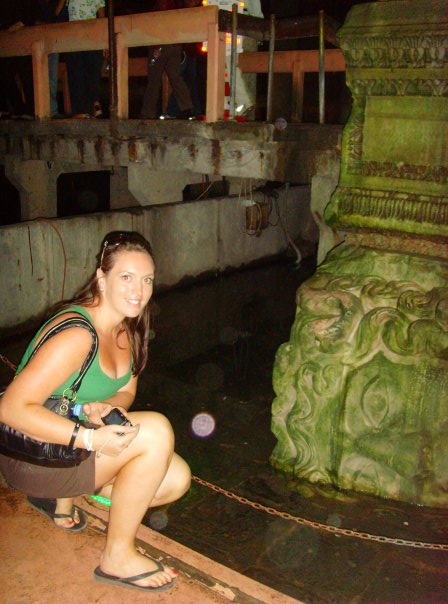 Walking along its raised wooden platforms, you’ll feel the water dripping from the vaulted ceiling and see schools of ghostly carp patrolling the water. Many of the columns stolen from Greece and used to build the structure are upside down and covered in grime – it certainly has lots of atmosphere and is worth a visit.
Walking along its raised wooden platforms, you’ll feel the water dripping from the vaulted ceiling and see schools of ghostly carp patrolling the water. Many of the columns stolen from Greece and used to build the structure are upside down and covered in grime – it certainly has lots of atmosphere and is worth a visit.
The colourful and chaotic Grand Bazaar is the heart of İstanbul’s Old City and has been so for centuries.
We loved shopping here as my mum loves a good barter. We weaved our way up and down the indoor market, sampling apple tea and sweets, admiring pottery and lights. Mum realised she got a good deal on her carpets in Selcuk as should could haggle the Grand Bazaar shopkeepers to a price even close to what she paid a few days ago. We grabbed some lunch before heading to Hagia Sophia.
The Hagia Sophia was originally a basilica constructed for the Eastern Roman Emperor Justinian I in the sixth century. A masterwork of Roman engineering, the massive dome (31 meters or 102 feet in diameter) covers what was for over 1000 years the largest enclosed space in the world. The church was looted by the fourth Crusaders in 1204, and became a mosque in the 15th century when The Ottomans conquered the city.
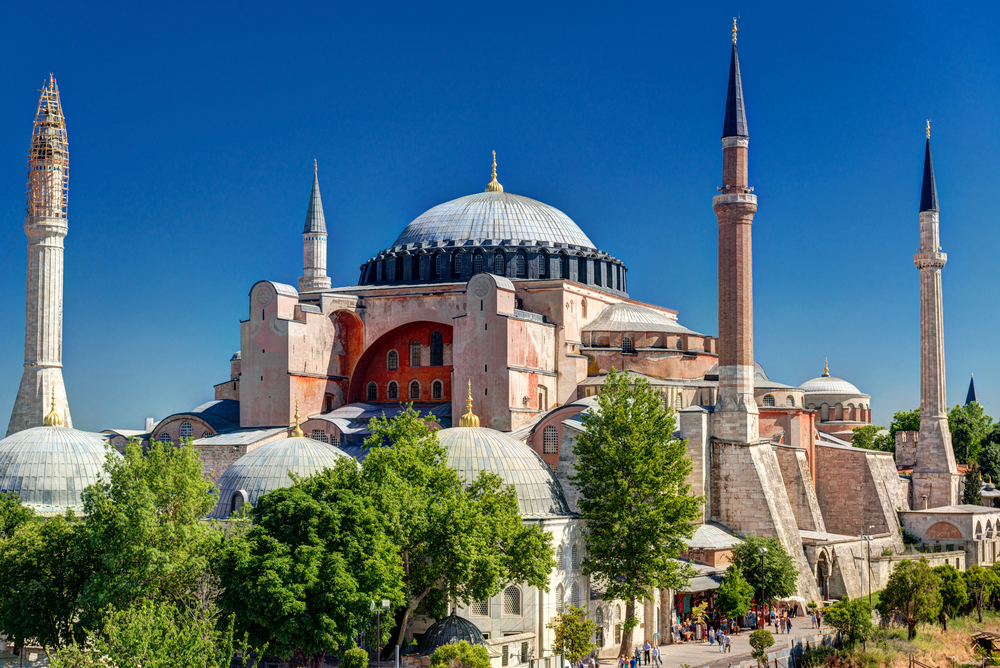
Istanbul has been amazing, we were fortunate to be visiting during Ramadan, so it was in the evenings that the city came alive with celebratory night markets with amazing turkish food. I can’t wait to return to this place again.
